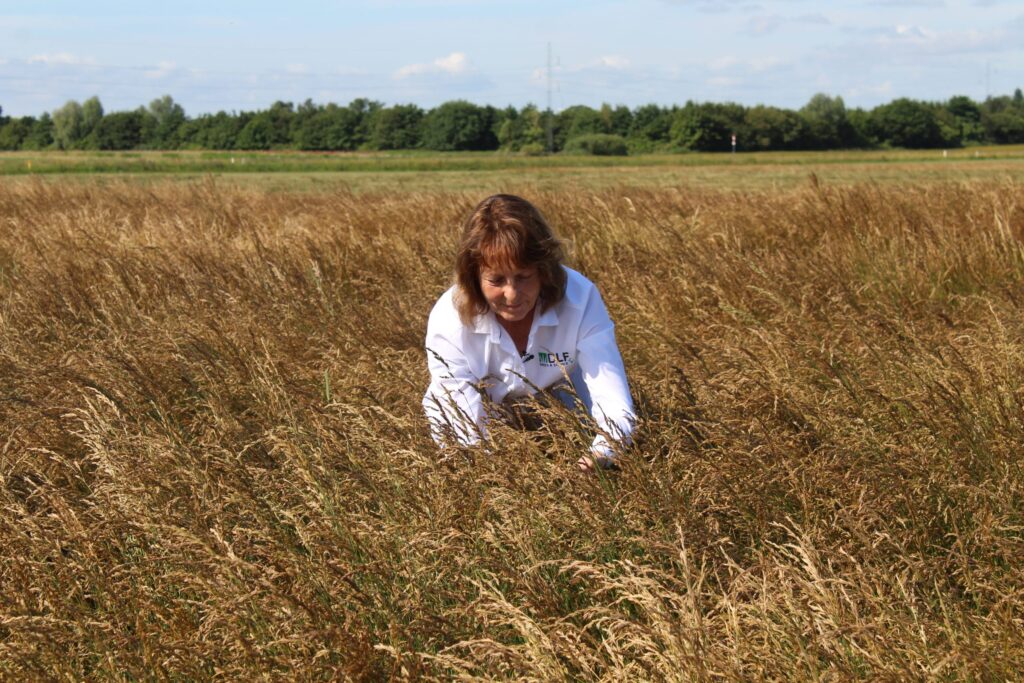Producing nuts & bolts is a matter of storing a few ingredients and push the button and the production starts. Anytime of the year. Consumption of nuts and bolts are all year round. No peaks…
Grass and clover seed production is a far more complex process and there is only one option to ensure availability: You have to be able to plan ahead, look into the crystal bowl and try to forecast supply and demand well ahead of the time the seed is needed by end users.
A seed company’s nightmare is to have empty stocks and at the same time customers willing to buy seed. On the other hand, if supply is abundant caused by overproduction whether from high yields or poor planning leads to:
- Price pressure
- Longer storage time and higher risk of losing germination
- Increased storage costs
Seed yields sometimes make you smile – and sometimes the opposite. Yields depend highly on farmers skills and the climatic growing conditions. Fluctuations in seed yields are normal, and when you make a budget, a baseline will normally be a five- or ten-year average yield.
The problem is that you never harvest an average yield. Unfortunately, the challenge has increased with the very unstable weather in many countries this summer.
To achieve the best stability in your supply chain you need access to seed production areas and skilled farmers that are able to produce seed with competitive yields in the right quality.
Forage and turf seed production within the EU have certification standards, with checkpoints along the line from the seed production field to the end user that guarantees that the description on the label corresponds to the content in the bag or the box.
As a seed company you need access to the following:
- Basic seed. Available basic seed in the wanted quantity is necessary for any production of commercial seed
- Growers. It could seem an evidence, but seed companies rely on farmers willing to sign a seed production contract rather than opting for the usual cash crops in the production area.
- Perennial crops. Most grass species are perennial, and apart from annual ryegrass, the seed yield is at the best the year after sowing. Fields of several species are harvested for 2-3 years, which adds additional planning and adjustment requirements.
- Advised by specialists. Field advisors from seed companies are in close contact with the seed growers for guidance with technical information about crop establishment, plant protection, certification, harvest, drying and storage.
- Execution of the 2022 seed crop plans. Crop establishments were conducted in April 2021 or August/September and will be ready for harvest in summer 2022.
Cleaning, analysis and certification. Once harvested, all seed has to be processed by cleaning followed by analysis of germination, purity and plant health measures (quarantine species etc.). Ultimately the seed is conditioned, treated or coated, pure or in mixtures in the adequate packaging types – ready to fulfill the customer’s requirements







